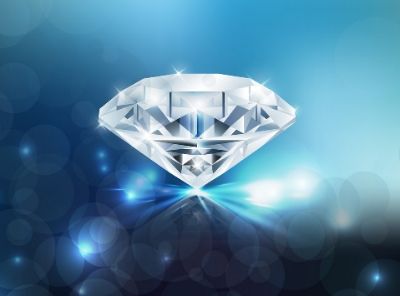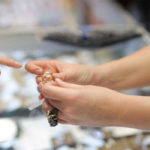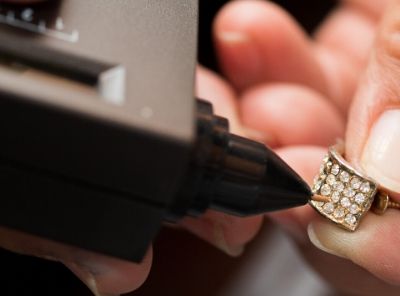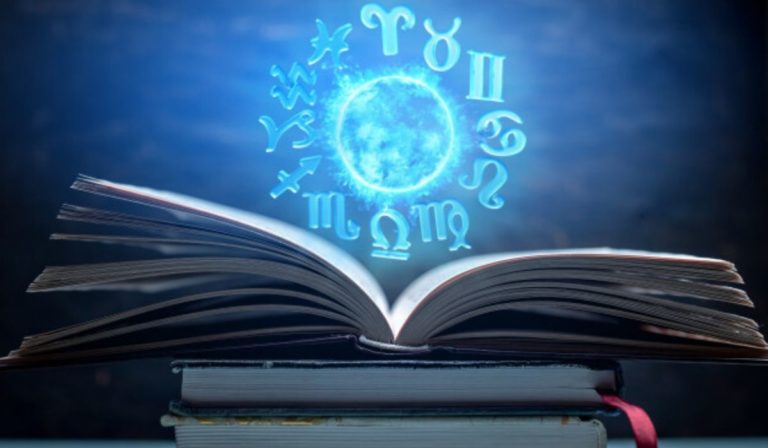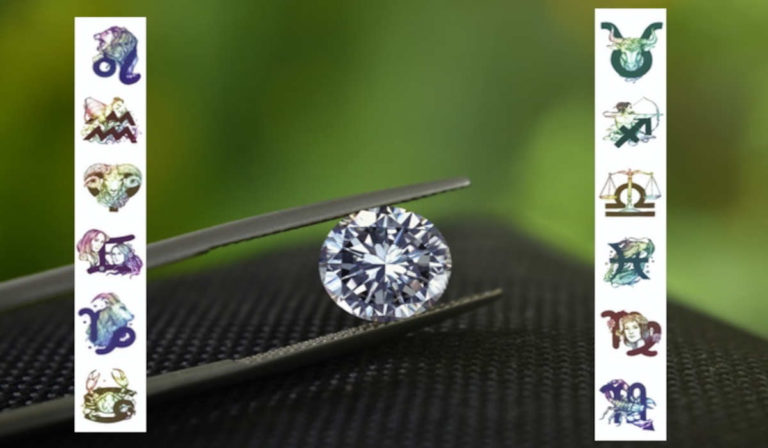Are you someone who’s always been intrigued by diamonds? Perhaps you’ve always been fascinated by their sheer beauty and allure, or you’re just someone who loves learning new and exciting things. Whatever the reason, you’ll be happy to know there are so many diamond facts than what you can see with your eyes.
While most people are familiar with the four Cs of diamonds, many other little-known facts and trivia about these precious stones are sure to pique your interest. One can discover a wealth of fascinating information, ranging from the unique properties of diamonds to their historical significance and modern-day uses. However, if you want to know more about diamond cuts and diamond ring facts, you can check everything here.
In this article, we’ll dive deeply into some of the most intriguing diamond facts you may not know, giving you a new appreciation for these sparkling gems. So, uncover some of the most surprising and awe-inspiring diamond facts that dazzle you!
Diamond Facts:
When we learn about the history and origin of diamonds, several facts will leave us amazed. There are so many hidden mysteries about the formation of diamonds. Some fun facts about diamonds are:
1. Origin of Diamond
The word ‘diamond’ has evolved from the Greek ‘Adamas,’ which means unconquerable and indestructible. This can be related to the physical property of diamond, which makes it the hardest substance found on Earth naturally.
It’s quite a known fact for most people that the maximum origin of diamonds is in Africa. Diamonds are predominantly mined in India, Brazil, Angola, Botswana, Namibia, and South Africa, with these regions being known for their rare and authentic diamonds. Thus, we can conclude why the rarely found stone is costlier than any other precious stone.
2. Diamond Mining Process
The diamond mining process is one of the toughest. Much of the Earth’s crust must be mined like every other mining process. Various research and study found that to make a single 1-carat diamond (a unit to measure the quality of the diamonds), there must be around 250 tonnes of Earth-mined out. Now you know why diamonds are the rarest of all.
Researchers have found that diamonds are formed miles and miles below the Earth’s surface, almost 200km beneath. The moments caused by the volcanic eruptions, resulting from the shifting of the Earth’s plates, push the diamonds to the Earth’s surface.
As we know the physical properties of diamonds, during the middle ages, people believed that diamonds had healing properties. It was considered to cure ailments from fatigue to severe mental illness.
3. Largest Diamond – Cullinan Diamond
Diamonds history facts state that in 1905, miners discovered the largest diamond in South Africa, weighing 1.33 pounds or 3016 carats. The miner owner handed it over to King Edward, who later cut it into nine larger diamonds and a hundred smaller ones. The three largest diamonds were displayed at the Tower of London as part of the crown jewels, collectively known as the Cullinan diamond.
Lab-grown or synthetic diamonds have similar physical, chemical, and optical properties. This makes the lab-grown diamonds hard to differentiate from the mined diamonds.
4. Value of a diamond
The “four Cs” determine a diamond’s value. These include carat weight, cut, color, and clarity.
Carat weight is a measurement of the size of the diamond. A carat is a weight of 0.2 grams. If all other things are the same, the bigger the carat weight, the more valuable the diamond is likely to be. These are some incredible diamond facts.
The way a diamond is cut and shaped, including the depth and angle of its facets, is called its “cut.” Light hitting a well-cut diamond makes it sparkle and look more brilliant. The cut also changes the diamond’s symmetry, proportions, and overall look.
Color refers to whether or not a diamond has a color. The Gemological Institute of America (GIA) uses a grading system that goes from D (colorless) to Z (light yellow or brown). The more rare and valuable a diamond is, the less color it has.
Inclusions and blemishes, also known as flaws, determine a diamond’s clarity. The GIA grading scale ranges from Flawless, indicating no visible flaws or inclusions under 10x magnification, to Included, indicating inclusions visible to the naked eye. The fewer flaws a diamond has, the more valuable it is likely to be.
All four Cs are important in determining a diamond’s value and quality, and a skilled diamond appraiser will consider each one when figuring out how much a diamond is worth.
Kohinoor diamond facts
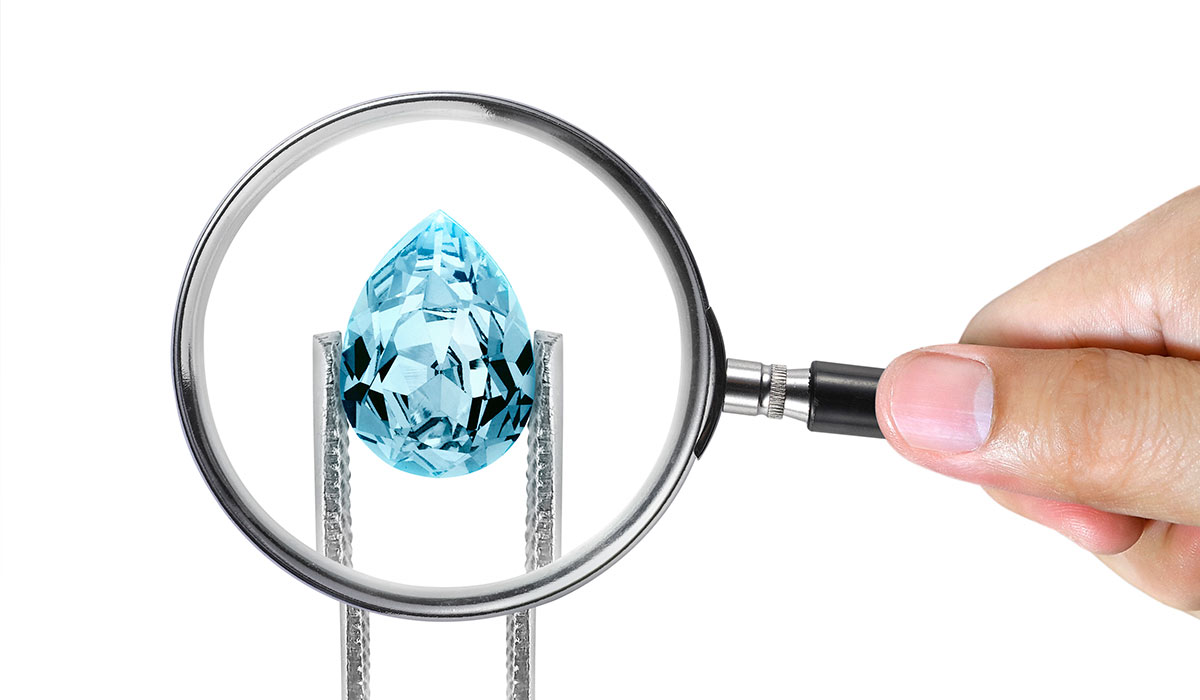
- Believed to have originated in India, the Kohinoor diamond was originally known as the “Mountain of Light” or “Koh-i-Noor” in Persian.
- Various rulers and empires, including the Mughals, the Persians, the Sikhs, and the British, have owned the diamond over the centuries, giving it a long and tumultuous history.
- Following the defeat of the Sikh Empire in the Second Anglo-Sikh War, the British East India Company seized the diamond in 1849.
- They presented the Kohinoor diamond to Queen Victoria in 1850, and the British Crown Jewels have included it ever since.
- The diamond has been the subject of numerous legends and myths, including the belief that it brings bad luck to men who wear it.
- Currently, the Queen of England wears a crown set with the Kohinoor diamond, considered one of the most valuable diamonds in the world.
- In recent years, there have been calls to return the Kohinoor diamond to India, where many people believe it rightfully belongs.
Cool and Interesting Diamond Facts:
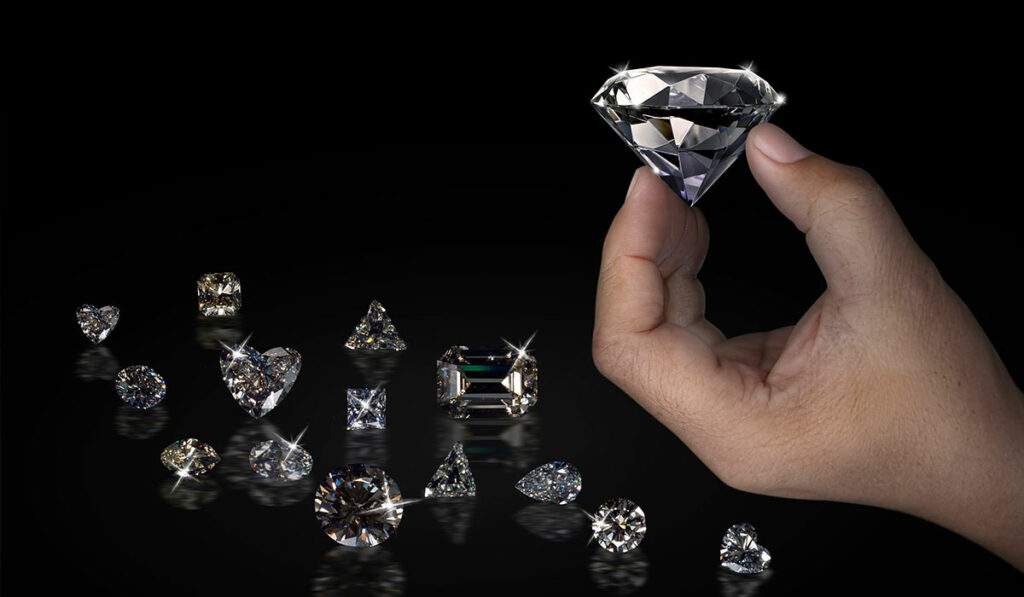
- Scientists claim that they can turn the remains of loved ones into a diamond. If you have lost someone you loved and want a lasting connection with them, you can compress their ashes and turn them into an artificial diamond. Diamonds comprise carbon, and the human body is 18% carbon. Therefore, it is possible to transform human ashes into diamonds.
- Researchers say diamonds are 58x harder than any other naturally occurring substance on Earth. Therefore, only a diamond can cut a diamond.
- The extremely rare diamonds come in shades of blue, pink, yellow, and black. Therefore, not all diamonds are white.
- A diamond loses up to 50% of its weight during cutting and polishing.
- Diamonds are the birthstone of people born in April.
- Ancient Hindus fixed diamonds in the eye of holy statues. They believed that a diamond could protect its wearer from danger.
- Many ancient cultures believed that diamond protects the wearer and gives them courage and strength during battle.
- In 2004, scientists discovered a planet they believe is mostly carbon. They believe that the planet has one-third of pure diamonds. Scientists have named the planet ’55 Cancri e’, which orbits a nearby star in the Milky Way.
- Billions of years ago, the processes that formed most of the existing diamonds occurred.
- The largest diamond-producing country in the world is Russia, followed by Botswana and Canada.
- The color of a diamond can be yellow, brown, pink, blue, green, or even black.
- The term “carat” refers to the weight of a diamond and not its size.
- Diamonds can fluoresce under ultraviolet light, emitting a blue or yellow glow.
- The Hope diamond, one of the most famous diamonds in the world, has a long history of tragic events and is believed to be cursed.
Pink diamond facts
Pink diamonds are rare and highly sought-after gemstones that have captured the attention of the jewelry industry and collectors. Here are some interesting pink diamond facts that you may not know:
- Only a small percentage of diamonds have any pink coloration, making pink diamonds one of the rarest types of diamonds in the world.
- Experts grade the intensity of the pink color in a diamond on a scale ranging from faint to fancy vivid. The more intense the color, the rarer and more valuable the diamond.
- The most famous pink diamond is the Pink Star, which is a 59.60-carat diamond that sold for a record-breaking $71.2 million at auction in 2017.
- The primary source of pink diamonds, rare gemstones, is the Argyle Diamond Mine in Australia.
- Some scientists suggest that a seismic shock altered the crystal lattice of pink diamonds, resulting in their unique coloration and that this formation process differs from that of other diamonds.
- Jewelers often use pink diamonds in engagement rings and other fine jewelry, and collectors highly prize them for their rarity and beauty. The demand for pink diamonds has increased recently, and prices have soared.
Blood Diamond Facts:
Here are some blood diamond facts which you probably did not know –
- Miners extract blood diamonds, or conflict diamonds, in war zones. They sell them secretly to finance the war efforts of an insurgent or invading army.
- Once a blood diamond has entered cutting and polishing, they become identical to any other diamond.
- Because the conflict diamonds look similar to the other diamonds, they became a worldwide concern. The purchasers were unable to distinguish conflict diamonds from legal diamonds.
- The term “blood diamond” gained global recognition in the 1990s during the Sierra Leone civil war, where rebels used diamond sales to fund their war efforts.
- The diamond industry generates billions of dollars in revenue each year, with an estimated 15% of all diamonds being conflict diamonds.
- In 2003, the industry established the Kimberley Process Certification Scheme to ensure that conflict-free diamonds enter the market. However, critics argue that the certification scheme is flawed and does not go far enough to address the issue of blood diamonds.
Diamond As a Symbol of Love – Diamond Facts
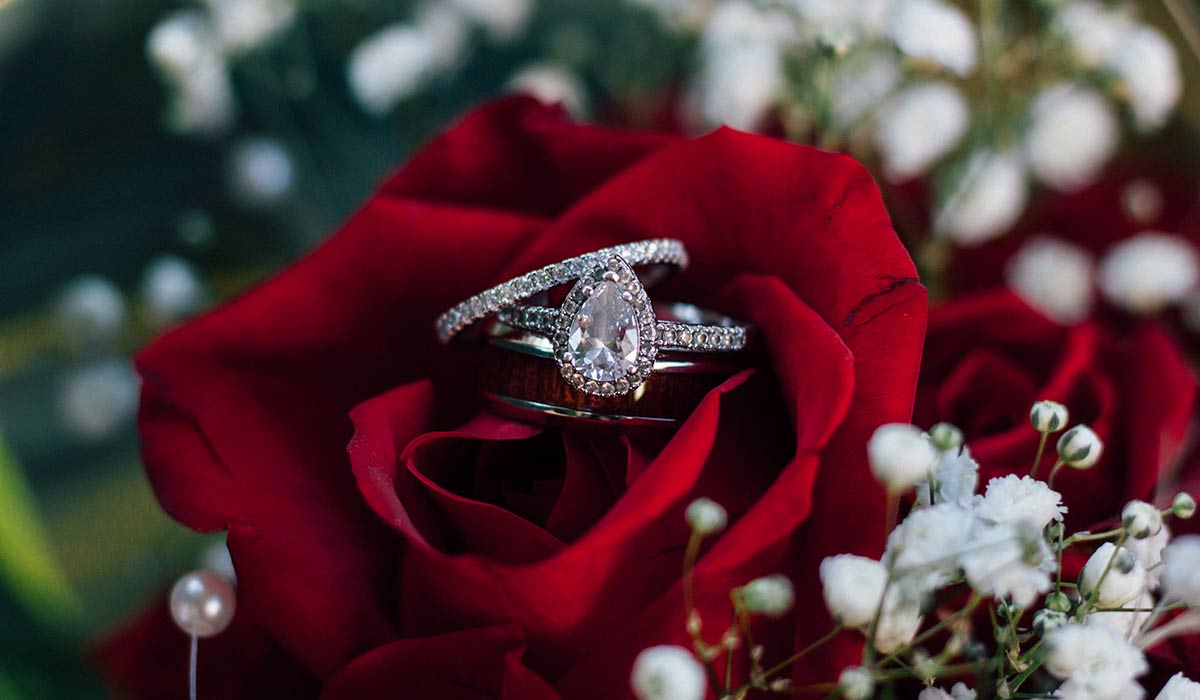
- Everyone widely knows that people associate diamonds with love. The fact that diamonds represent love is related to an exciting plot related to Cupid. The Romans believed that diamonds were tipping from Cupid’s arrow. Most of the stories are related to the Romans and Greeks, who believed that diamonds were tears of Gods or splinters falling directly from the stars.
- People consider proposing with a diamond ring a romantic way of expressing love. But do you know who started this ritual and when? Archduke Maximilian of Austria was the first man who proposed to Mary of Burgundy with a diamond ring. The jeweler engraved flat pieces of diamonds in the shape of the letter ‘M’ on the ring.
- After the 15th century, the diamond ring symbolized faithfulness, love, and commitment. They used the diamond in its original crystalline structure.
- Diamonds never dull or gets old. Diamond jewelry carries with it the promise of becoming a family heirloom.
- Diamonds represent beauty. The way the light reflects, and sparkles on a gemstone can be captivating and give a sense of elegance.
- People took the tradition of wearing an engagement ring on the fourth finger of the left hand from the early Egyptian belief that the vein of love runs directly from the heart to the top of that finger.
Conclusion
Diamonds are more than just beautiful gemstones. They have a rich history, unique properties, and a wide range of uses that make them one of the most valuable resources on the planet. A lot of these diamond facts are unknown to people. From Australia’s rare and authentic pink diamonds to the cursed Hope diamond and the storied Kohinoor, each diamond has its own story. You can learn about different types of diamonds and their values at Fabulously. Whether you’re a collector, a scientist, or simply someone who appreciates the beauty of these precious stones, there’s always something new to discover about diamonds.
FAQs:
Consult a professional gemologist. They have professional tools. Or you can request the diamond certificate. One should certify diamonds and buy them from a reputed showroom. Make sure you get what you have paid for. As per a diamond fact, you can judge the quality of a diamond by the 4 C’s.
People find conflict diamonds, and blood diamonds, in war zones. They sell them to finance the ongoing conflicts in the area. Blood diamonds look similar to any other diamond. It isn’t easy to differentiate them from legal diamonds. As per diamond facts, the diamond industry introduced the Kimberley Process Certification Scheme in 2002. It came into force in 2003, and many countries started implementing its rules. The KPCS document outlines the requirements for controlling rough diamond production and trade.
First, you need to know about the 4Cs and how it affects the price of the diamond. The 4Cs stand for Cut, Clarity, Colour, and Carat.
1. Diamond cutters cut diamonds to maximize their sparkle and overall visual beauty. The cutting of a diamond directly impacts the amount of light performance achieved.
2. Gemologists measure the clarity of the diamond and grade it on a scale.
Diamonds have their natural color. The more it has a yellow tint on the bottom. The less is its sparkles. Therefore, the price of a diamond also depends on its color.
3. The diamond carat reflects the weight and size of the diamond. The larger the diamond, the more valuable it becomes. For diamonds, you get what you pay for.
Therefore, you should not worry about it. Just know the 4Cs, and you will know the originality of diamonds.
Round diamond holds the most value as compared to the other shapes. The price of round-shaped diamonds is always high, no matter if their clarity, color, and carat are similar to the other diamonds.
Emerald-cut diamonds are the cheapest. They are inexpensive, but it doesn’t affect their look of them. The emerald-cut diamonds are very impressive looking. Cushion and Asscher-shaped diamonds are cheaper but look less like emerald-cut diamonds. They come in the ‘cheap but beautiful’ category.
As per a diamond fact, these were discovered in India over 2,400 years ago. After some years, people discovered diamonds in many other areas worldwide, including Africa. They realized that India, Brazil, Angola, Botswana, Namibia, and South Africa mine rare and original diamonds.
When carbon atoms bond under high temperatures and pressure, they grow into crystals forming diamonds. They formed over 3 billion years ago deep within Earth’s crust. The intense heat and pressure caused carbon atoms to crystallize and form diamonds. This expansion causes the magma to erupt, forcing it to the Earth’s surface and taking diamond-bearing rocks.
There are 2 mistakes that you should avoid while buying a diamond for your engagement ceremony.
1. Don’t buy it if you don’t have the budget: People often buy diamonds to show off without considering their quality. Diamonds are expensive and rare. If you invest in diamonds, you should consider certain factors so your money doesn’t go to waste.
2. Don’t buy without seeing the ring in person: Many people buy the ring online. We highly recommend going to the showroom and buying it from there. People think they got all the information in the 4 C rating on paper. But it only tells you the half story. You still need to go to the showroom and see it yourself.

